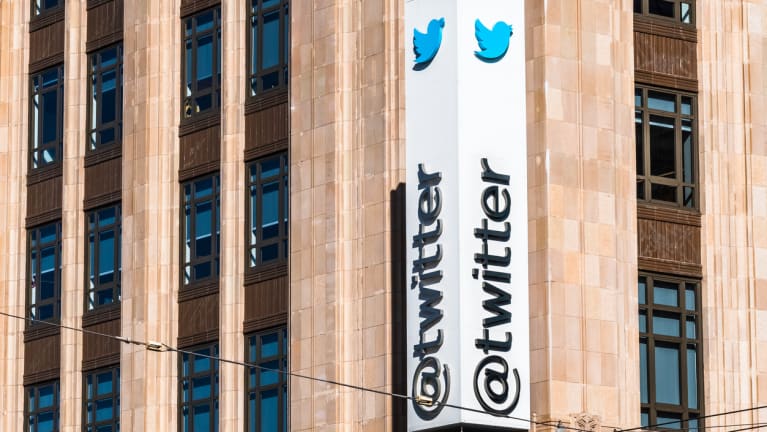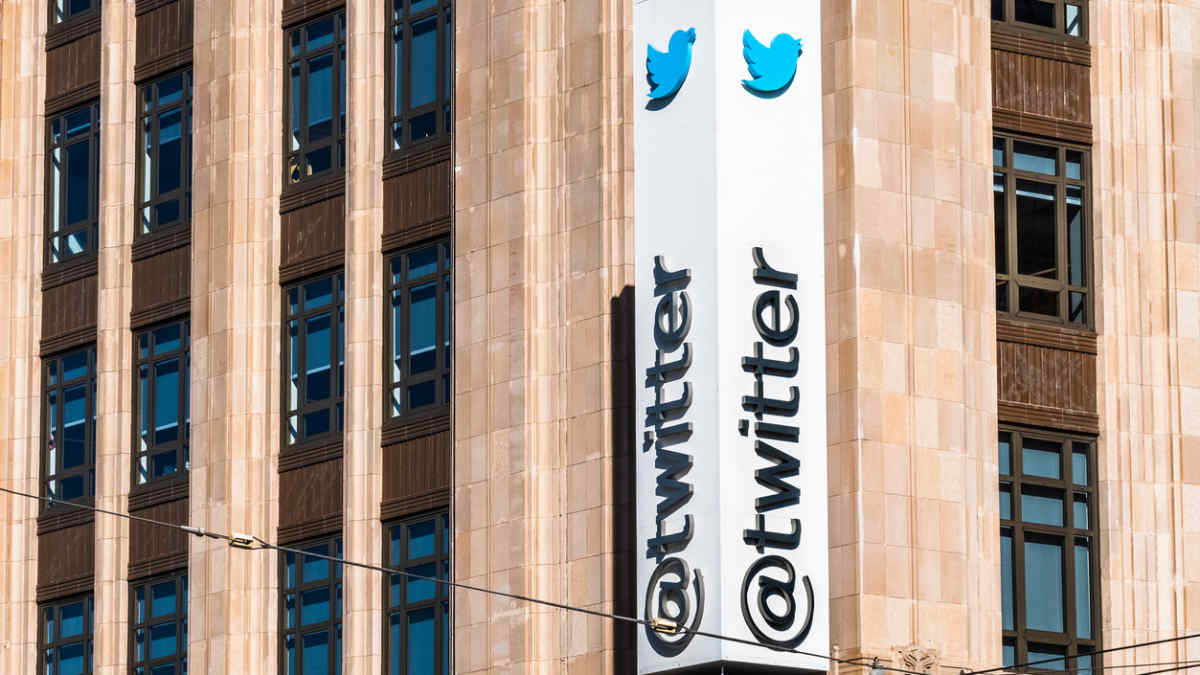

Social media company X—formerly Twitter—is facing two federal class-action lawsuits claiming it failed to pay severance benefits after Elon Musk took over as CEO and implemented mass layoffs.
The first lawsuit, filed on July 12 in California, alleges violations of the Employee Retirement Income Security Act (ERISA). It claims that former employees are owed at least $500 million.
The second lawsuit, filed on July 18 in Delaware, alleges breach of contract, fraud and discrimination. It claims X targeted women, older employees and people of color in the mass layoffs. It also claims X stalled attempts to bring the dispute to arbitration and failed to pay the necessary fees to initiate arbitration. Like the earlier lawsuit, this one claims that former employees are owed $500 million or more.
The layoffs, totaling almost 4,000 workers, came in four rounds: one in November 2022, two in December 2022 and one in February 2023. The company’s HR officials repeatedly told Musk and workers that laid-off employees would be eligible for severance and that X was obligated to pay severance under the 2022 agreement in which it merged with Twitter, according to court documents.
X agreed to pay severance in employees’ initial offer letters and later confirmed workers would receive severance at least as favorable during the post-merger period as they had under the old management. The severance plan entitled laid-off workers to at least two months of base salary, pro-rated performance bonuses as though all triggers for such bonuses had been hit, the cash value of any restricted stock units that would have vested within three months of separation, and a cash contribution for the continuation of health care coverage. Instead, the company paid two months of base salary to comply with the notice requirements of the federal Worker Adjustment and Retraining Notification (WARN) Act, plus one month of severance pay, according to court documents.
X did not respond to requests for comment.
ERISA Requirements
Like retirement plans and group health plans, corporate severance plans can be subject to ERISA. Most severance plans are considered welfare plans under ERISA, which means they’re subject to less stringent requirements than pension plans, according to Andrea Powers, an attorney with Baker Donelson in Birmingham, Ala.
Employers should design their severance plans “so that [they] will not be characterized as a pension plan under ERISA. Pension plans are subject to ERISA’s participation, vesting and funding rules,” Powers said.
Under U.S. Department of Labor (DOL) regulations, severance benefits are not a pension plan if such payments are not contingent on the employee’s retiring, the total payments do not exceed twice the employee’s annual compensation, and the payments are completed within 24 months of the employee’s termination.
Powers said HR professionals need to be aware of the notice requirements under ERISA. Severance plan information “must be furnished to newly eligible employees, and any amendments or material changes to the summary plan description are required to be provided every five years,” she explained. “Any material modifications to the severance plan are required to be provided within 210 days following the close of the plan year in which the material modification was made.”
Employers should also be transparent about their severance benefits, said Bryan Johnson, an attorney with Michelman & Robinson in Chicago.
“Communicate the reasons for the layoff clearly to the impacted employees. Explain the severance package they will receive. Develop a consistent policy. This should clearly outline the criteria for determining severance packages based on factors, such as years of service, position and job title/level,” he said. “It is critically important that this policy is then applied consistently and uniformly to all impacted employees so as to minimize discrimination risk”.”
The consequences for violating ERISA can be steep. When employers don’t pay promised severance benefits, the law “provides equitable remedies, meaning that the relief offered by courts is limited to the benefits that should have been payable. While there are no damages available, such as punitive damages, there is personal liability for plan fiduciaries who breach their duties, resulting in harm to the plan or participants,” Powers said. She noted that in addition to liability through the courts, “employers are also subject to penalties from the DOL for failing to comply with its requirements. Penalties can be as high as $110 per day for each affected participant.”
Severance benefits can stem from involuntary layoffs or voluntary separations. “Either type of program may trigger employer obligations under ERISA, if the DOL or a court were to find that the voluntary severance program constitutes an employee benefit plan,” Powers said.
NLRA Section 7 Rights
Be careful about asking workers to forgo certain rights by accepting a severance package.
In a Feb. 21 decision, the National Labor Relations Board (NLRB) ruled that businesses cannot offer severance agreements that require employees to broadly waive their Section 7 rights under the National Labor Relations Act (NLRA).
“It’s long been understood by the board and the courts that employers cannot ask individual employees to choose between receiving benefits and exercising their rights under the [NLRA],” said NLRB Chair Lauren McFerran.
Under the federal Speak Out Act, companies cannot make severance packages conditioned on signing a nondisclosure agreement that covers claims of sexual assault or sexual harassment. Several states have similar laws.

